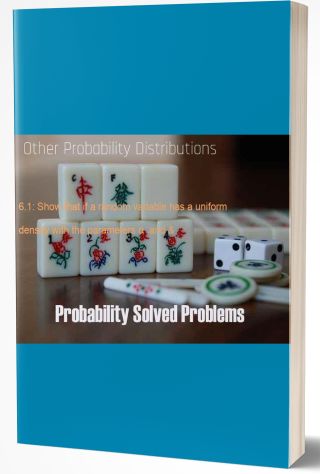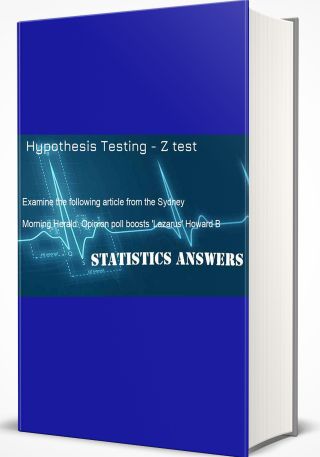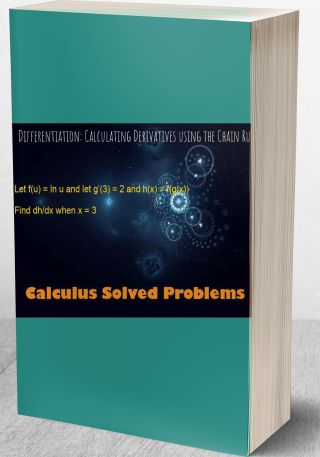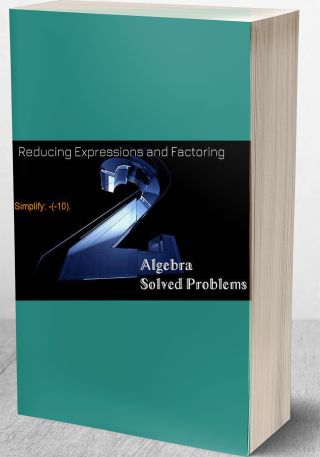A triangular random variable, X, has probability density function (PDF) f(x) given by f(x)={
Question: A triangular random variable, X, has probability density function (PDF) f(x) given by
\[f\left( x \right)=\left\{ \begin{aligned} & 2\left( 1-x \right)\,\,\,\,\text{if }0\le x\le 1 \\ & 0\,\,\,\,\,\,\,\,\,\,\,\,\,\,\,\,\,\,\text{otherwise} \\ \end{aligned} \right.\](a) Calculate the mean and variance of X.
(b) Suppose \({{X}_{1}}\) and \({{X}_{2}}\) are independent samples (copies) of X and \(Y={{X}_{1}}+{{X}_{2}}\). That is to say that \({{X}_{1}}\) and \({{X}_{2}}\) are independent random variables and each has the same density f. Find the PDF for Y.
(c) Calculate the mean and variance of Y without using the formula for its PDF. Calculate the mean and variance from appropriate integrals involving the PDF of Y. The answers should be the same.
(d) Find P(Y> 1).
(e) Suppose \({{X}_{1}},{{X}_{2}},....,{{X}_{100}}\) are independent samples of X. Estimate \(\Pr \left( {{X}_{1}}+{{X}_{2}}+...+{{X}_{100}}>34 \right)\) using the central limit theorem. You will need access to standard normal probabilities either through a table or a calculator or computer program.
Deliverables: Word Document





![[Solution] Out of a sample of 81 drivers, an average of 9 red lights per year was run, with a standard deviatio #17298 Hypothesis Testing - T test](/images/downloads-images/featured/Statistics-question-10169.jpg)

